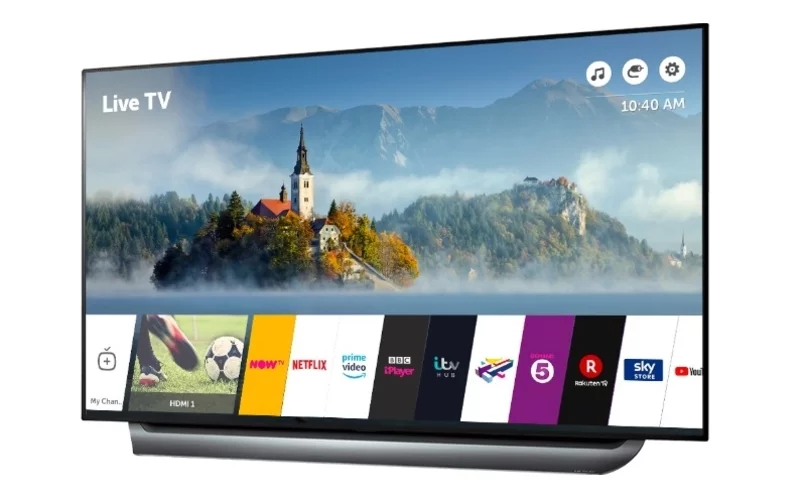According to the Ministry of Information and Broadcasting (MIB), the DTH subscribers in Indian metro cities are saving up to around 10 to 15% on monthly subscription bills courtesy of the new Trai tariff regime. The ministry provided these new figures during the monsoon session of Lok Sabha, and it informed that the subscribers have benefitted from the new implementation. To recall, the new regulatory regime was first introduced in the country in 2017 and was further reinforced by the Telecom Regulatory Authority of India (Trai) in July last year along with implementation deadlines for the industry players.

Subscribers in Non-Metro Cities Also Benefitting from New Rules
The Ministry of Information and Broadcasting has also added that the subscribers in metro cities aren’t the only ones saving up on subscription amount for their DTH connections, but the customers in the non-metro cities are also enjoying the economic benefits of the new rules. As per the ministry, the subscribers in non-metro cities are saving around 5 to 10% on their monthly bills. The ministry responded to a question by M. K. Raghavan, a member of the House of the People on the effect of the new Trai tariff regime on the people, “As reported by TRAI, the analysis of preliminary data of few large DPOs reflects actual savings by subscribers to the tune of 10 to 15% in Metro cities and between 5 to 10% in Non - Metro areas after implementation of new regulatory framework.”
It was also added during the presentation that existed a few cases where the subscribers witnessed a rise in their monthly bills where they had more than one TV connection at their home.
Trai Tariff Regime Implemented to Bring Transparency in Industry
It is noteworthy that the new rules and norms were introduced back in 2017, but the real effect of these norms was seen only after a “hard” implementation by the telecom regulator in July 2018. The new notification from Trai regarding the new rules asked the DTH providers in the country to prepare and finish the migration of the customer to the new regime by December 28, 2018. The new rules were considered as a big change in the industry as they allowed the subscribers to pay only for the channels which they wanted to watch, and hence they were now allowed to customise their channel selection for viewing. Later, on noticing that not all subscribers have been able to migrate to the new regime, Trai had extended the deadline of the implementation to March 31, 2019.
In February, reports were surfacing which highlighted that subscribers might have to pay more than what they were paying previously after the implementation of the new tariff regime. However, Trai had dismissed these reports saying that they were based on “inadequate understanding” of the market. The ministry has also highlighted that Trai is taking several steps to ease consumer concerns like getting the service providers to update their website, consumer care channel on 999 and a special centre established by Trai.















